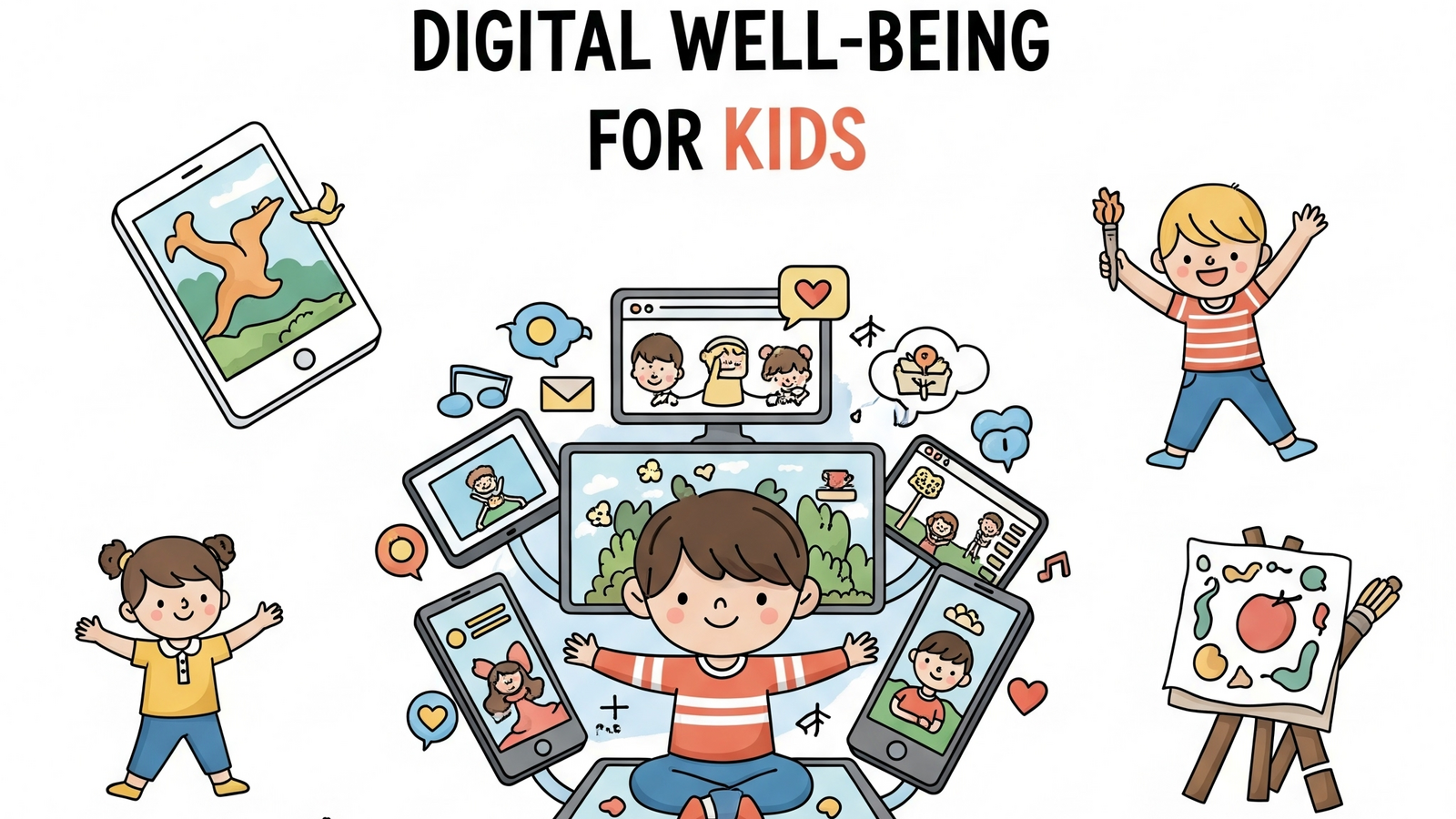Raising kids today means navigating a world where screens are everywhere, from online classes to gaming to group chats. While digital tools open up exciting possibilities for learning and socializing, they also come with risks that can’t be ignored. The goal isn’t to ban screens, it’s to make tech work for your child, not against them.

Digital landscape for children in 2025
Most children feel safe online, but that number is dropping. Vulnerable kids, especially those with neurodivergent traits or mental health challenges, are reporting more upsetting experiences online. Whether it’s exposure to harmful content, gaming addiction, or late-night doomscrolling, screen time is starting to interfere with sleep, focus, and emotional well-being.
At the same time, kids are more open with parents about their digital lives than ever before. And that’s good news, because managing tech at home starts with trust, not just rules.
Risks and opportunities: What parents need to know
Let’s not forget the upsides: used well, digital media can boost creativity, strengthen social connections, and support learning. But the risks are real. Think: cyberbullying, unsafe strangers, privacy violations, and mental health dips linked to overuse.
The solution? A team effort. Parents, teachers, tech companies, and even policymakers have to work together to protect children’s rights and ensure they get the best out of tech. This is especially important for kids who need extra support navigating online spaces safely.
Practical strategies for managing screen time
Start with a simple rule: talk, don’t just track. Kids are more likely to be honest about their screen use if they feel heard, not judged.
Use parental controls to set boundaries, but skip the heavy surveillance. Instead, build habits together: no phones at dinner, screens off an hour before bed, and regular offline time for sports, books, or family hangouts.
Lead by example: your relationship with your phone teaches more than any screen-time app ever could.
Teach your child to spot online red flags, manage emotions, and ask for help when something doesn’t feel right. And partner with schools or local programs that offer workshops or support.
Toward healthy digital childhoods
There’s no one-size-fits-all solution, but balance is key. Proactive parenting, open communication, and the right digital tools can help your child thrive online, while still staying grounded offline.























